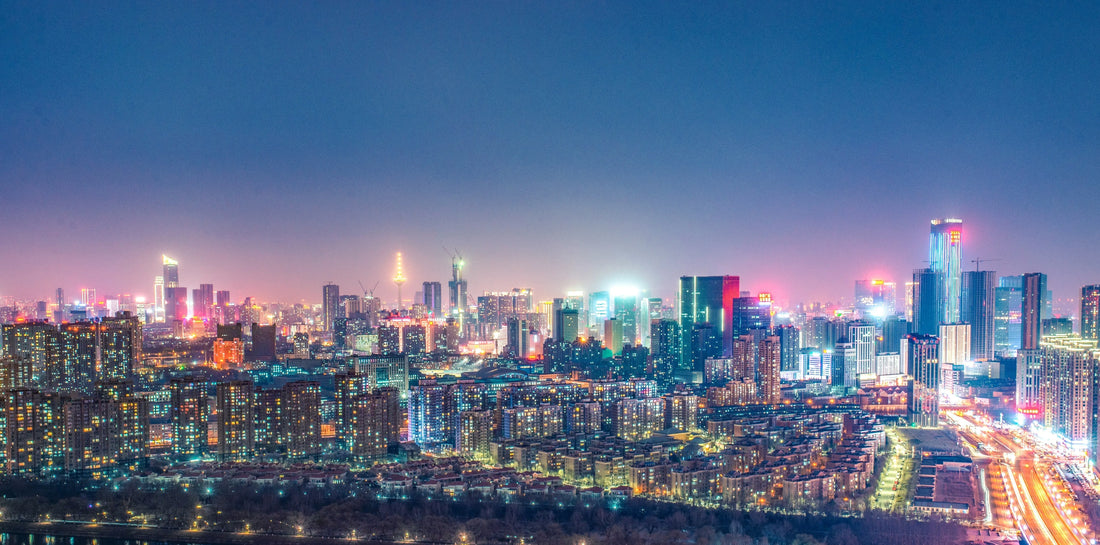As we step into 2025, there’s no better time to prioritize your health—and that starts with better sleep. We’d like to take this opportunity to share a simple yet effective tip to help improve your sleep.
The Impact of Evening Light Exposure
Studies have shown that exposure to room light before bedtime compared to dim light could cause:
- Greater than 50% lower melatonin secretion
- 90 minutes shorter melatonin duration
- Delayed sleep onset (time to fall sleep) by nearly an hour
- Increased fatigue the next morning
How to Reduce Evening Light Exposure
So what can we do to reduce evening light exposure?
Dim the Lights
Lower the intensity of your room lights in the evening to signal your body that it’s time to wind down. If possible, install a dimmer switch to easily adjust the brightness levels.
If a dimmer switch isn’t an option, reduce the number of lights you turn on in the evening—stick to just one or two lamps with softer, warm-colored bulbs to create a calming atmosphere.
There are color-changing lamps or smart light bulbs that offer flexibility in controlling both the color and intensity of light, enabling a seamless transition from active daytime lighting to calming evening tones.
One notable example is the Philips Hue system, which provides a range of bulbs capable of displaying millions of colors and various shades of white. With the accompanying app, you can schedule gradual dimming and shift to warmer colors as bedtime approaches, aligning with your natural circadian rhythms
Beware of Bathroom Lights
Bathroom lights are often bright. Since most people use the bathroom right before bed, this can have an outsized impact on sleep.
To minimize this effect, consider installing two lighting setups: one with bright, cooler color temperature for daytime use and another with dimmer, warmer color temperature for the evening. At night, stick to the softer, warmer lights to reduce light intensity and help your body wind down for sleep.
If dual setups aren’t an option, consider using a small nightlight with warm hues for nighttime trips to the bathroom.
Block Indicator Lights
Indicator lights are small and often ignored, but at night, they can disrupt your sleep—especially since many of them emit blue light, which is particularly stimulating to the brain.
To find the indicator lights, turn the lights off in your bedroom and take a moment to scan the room for any electronic devices with glowing indicator lights, such as chargers, fans, air conditioners, or alarm clocks.
If you notice any, check if the device allows you to turn the lights off manually. If that’s not an option, simply cover them with black tape or use light-blocking stickers to ensure your sleep space remains as dark as possible.
Wear Light-Blocking Goggles
If avoiding bright or blue light in the evening feels unavoidable—whether from room lighting, bathroom fixtures, or screens—or if modifying your home to create dimmer lighting isn’t practical, wearing light-blocking goggles offers a simple and effective solution.
The Lumos Blue Blocker is designed specifically to filter out blue light and reduce light exposure in general, helping your body maintain its natural melatonin production, even in well-lit environments.
- Over-the-Glasses Design: Conveniently fits over prescription glasses, so you don’t have to compromise.
- UltraClear Coating: Allows you to clearly see your computer screen, phone, or TV without distortion.
- Anti-Fog: Perfect for use in the bathroom or shower, ensuring visibility in all conditions.
- All-Around Light Blocking: Prevents light leakage from the sides or top, offering complete protection.
- Reduce light exposure: Even if you wake up during the night to use the bathroom, check on the baby, or even get on your phone, wearing it can help minimize the disruptive effects of light exposure.
We know improving sleep often feels tricky, but these simple tips can be a low-hanging fruit to kickstart your journey to better sleep in 2025. Small changes like these can pave the way to restful nights and brighter mornings!

